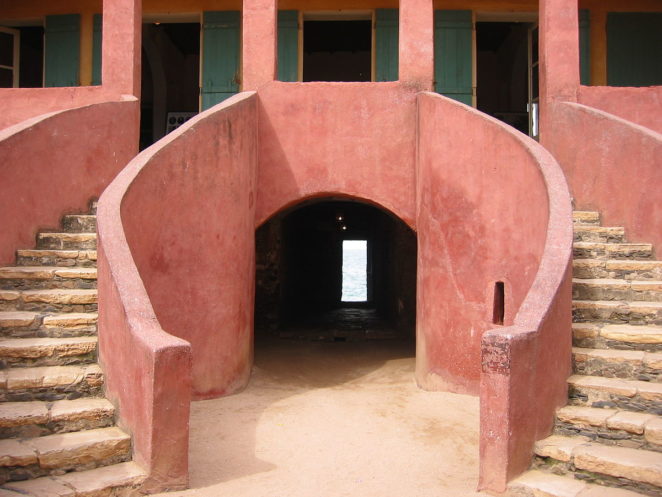
The island of Gorée has been a UNESCO World
Heritage Site since 1978. It has this status not for any intrinsic beauty it
may have or the quality of its buildings, or even because of its association
with a famous person from history, but to remind the world of one of the worst
crimes ever committed by one section of mankind against another.
Gorée is a small island no more than 900
metres in length and 350 metres across. It lies about a mile off the coast of
Senegal at Dakar, the capital, and is served by a ferry that takes about 30
minutes to make the crossing.
It was believed for many years that this was
the main departure point for African slaves on their way to the West Indies and
North America, and that some 20 million people spent time on the island in
transit to the colonies during the height of the slave trade between the 16th
and 19th centuries.
However, this claim has been disputed in
recent years, and it is now generally accepted that Gorée was only one of many
such points of departure in West Africa. Only a few thousand slaves may have
been imprisoned in the “House of Slaves”, and some researchers dispute whether
any were held here at all. However, this is the nearest point of the African
continent to the West Indies, so it is symbolically significant in the history
of the slave trade and therefore appropriate as a place to site a memorial and
museum, which is what Gorée Island offers the visitor.
The House of Slaves has been preserved to
show the conditions under which slaves would have been held prior to being
packed like sardines into the slave ships, where the object of the exercise was
to cram as many pieces of cargo (which was what slaves were) into the available
space as possible. The same principle applied in the slave houses (wherever
they were), where the slaves would be chained to the walls of tiny airless
rooms, remaining there for weeks or months before the slave ship arrived to
collect them.
A particularly poignant feature of the Gorée
House of Slaves is the “Door of No Return” through which the slaves were
reputed to pass on their way to the ships. It has acquired a similar
significance in the story of the slave trade to that of the entrance to
Auschwitz, with its slogan “Arbeit Mach Frei”, in the story of the Holocaust.
However, even if the building on Gorée
Island, together with its displays of manacles and murals depicting slaves in
chains, has been hyped in ways that stretch the truth to breaking point, the
symbolic value of this site is undoubted. People now visit the island in their
tens of thousands, including many descendants of slaves who make pilgrimages
here from their homes on the other side of the Atlantic. It is good that there
is a place where due respect can be shown to those millions who suffered to
satisfy the greed of their oppressors, and Gorée Island is a fitting location
for such a memorial.
© John Welford
No comments:
Post a Comment